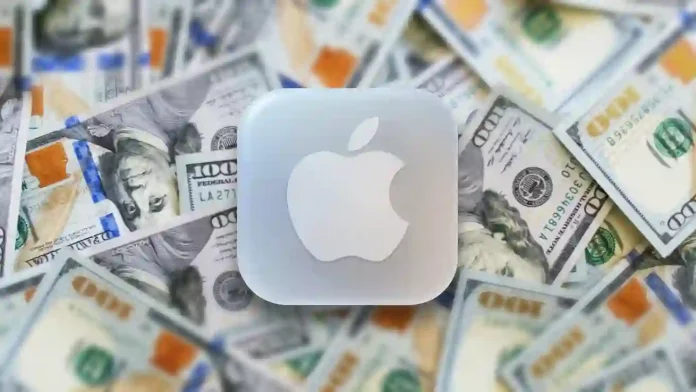Apple has once again rewritten market history. Shortly after trading opened on October 13, 2025, the company’s market capitalization surged past $4 trillion — propelled by bullish analyst sentiment and strong demand for the iPhone 17. Shares traded above the critical $269.53 mark needed to reach the milestone before ending the day at $269.00.
A Historic Climb
Apple’s rise has been nothing short of extraordinary. The company hit $1 trillion in August 2018, doubled that in August 2020, reached $3 trillion in January 2022 — and now, in 2025, has achieved an unprecedented $4 trillion. What once seemed unimaginable has become almost routine for the world’s most valuable company.
Nvidia was the first to cross the $4 trillion line in July 2025, followed closely by Microsoft. As of this report, Nvidia leads with a valuation near $4.7 trillion, while Microsoft sits around $3.95 trillion.
Powering Growth Beyond the iPhone
Although the iPhone remains Apple’s cornerstone, the company’s Services division has evolved into a massive profit engine. Including the App Store, iCloud, Apple Music, and Apple Pay, this segment now delivers gross margins above 70%. A recent report indicated that Apple’s Services revenue would surpass $100 billion annually for the first time.
Recurring revenue now accounts for more than a quarter of Apple’s total sales — and it continues to expand faster than the hardware business. The company’s current price-to-earnings ratio stands at roughly 42, high by traditional standards yet justified by its exceptional stability and cash flow. If earnings rise as projected over the next two years, that multiple could normalize in the upper 20s.
Apple’s ongoing share buybacks have also boosted shareholder returns. The company repurchased about $29 billion in stock in its September 2024 quarter, reducing total shares outstanding from over 19 billion in 2018 to just under 15 billion.
The iPhone 17 Catalyst
The iPhone 17 launch in September 2025 reignited Apple’s product ecosystem. Carriers reported sellouts across major markets, while demand in China and India exceeded expectations. Analysts expect momentum to continue into 2026, fueled by the rollout of new AI-powered features.
Wall Street was quick to react. Fresh data showing stronger-than-expected iPhone 17 sales sent optimism soaring, solidifying investor confidence in Apple’s growth trajectory.
Why Investors Remain Loyal
Apple’s strength lies in its unmatched ecosystem — with over 1.5 billion active iPhones anchoring an integrated network of wearables, entertainment, and financial services. Customer satisfaction remains above 95%, and brand loyalty keeps users within Apple’s orbit even during economic turbulence.
That customer retention, combined with reliable revenue streams, sets Apple apart from its rivals and ensures resilience when markets fluctuate.
Looking Ahead
At $4 trillion, Apple now represents roughly 14% of the entire Nasdaq 100 — a staggering share for a single company. Despite this dominance, Apple projects “low- to mid-single-digit” revenue growth for early 2026, signaling cautious optimism rather than exuberance.
The company will release its next earnings report on October 30, when investors will get a clearer picture of whether this trillion-dollar momentum can keep rolling.




